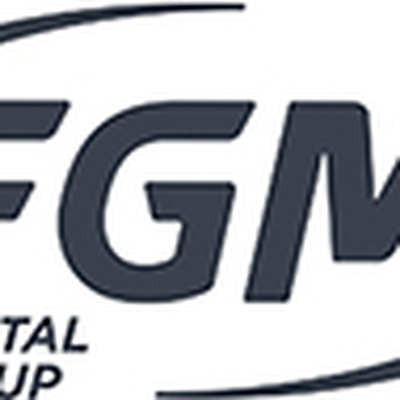-
 Find in Members
Find in Members Find in Videos
Find in Videos Find in Channels
Find in Channels
This website uses cookies to ensure you get the best experience on our website.
To learn more about our privacy policy Click herePrivacy Preference
- Tags - #Photopolymerization #camphorquinone
-
- Last updated December 26, 2022 0 comments, 231 views, 0 likes
More from John Moore
More in Politics
Related Blogs
How Photopolymerization Progressed In Dentistry?
Posted By John Moore
December 26, 2022
Body
The photopolymerization technique is a widely known process to uses UV or visible light to start a polymerization reaction. It further forms a crosslinked or linear polymer structure. The Photopolymerization process has become a vital part of dentistry practices. Its potential benefits in dentistry are utilized to provide restorative dental care. Let's know more about its application.
How Is Photopolymerization Helpful In Dentistry?
With the advent of Photopolymerization in dental organizations, the development of dental products, such as implants, dental composite restoratives etc., has advanced. The successful UV light curing process integration is used for different dental applications. The usage is vast; therefore, it has become a new trend in the dental industry.
The basic mechanism of the process starts when the photoinitiators convert into monomers and then into polymers. This happens under favorable conditions which influence the photopolymerization process. Camphorquinone, a visible light photoinitiator system, is used in many dental restorative products. Moreover, alternative systems are also used for some dental materials applications.
The dental composites are cured by light activation. The initiator amount depends on the photosensitizer. The concentrations of initiators in resin composites are based on factors such as the solubility of compounds, photoreactivity factor, and biocompatibility.
The dental researcher's first goal is to look for alternative photoinitiators that can compensate for the flaws of camphorquinone, such as poor biocompatibility and yellow staining. There are also other alternatives with similar mechanical properties, like camphorquinone. The second goal is to evaluate the alteration of dental resins when camphorquinone is used with alternative photoinitiators.
All these advancements in the dental field result in the manufacturing of high-quality dental products. To know more about the related products, visit the site of FGM Dental Group.










Comments